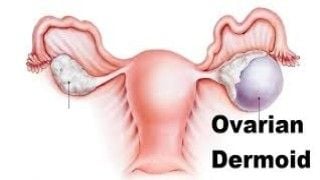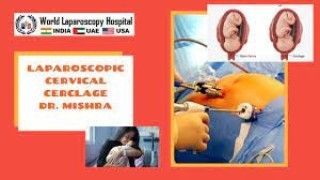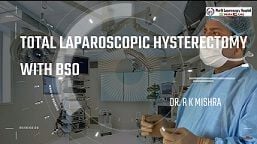Minimally Invasive Triumph: Laparoscopic Removal of Intramural and Broad Ligament Myoma
Add to
Share
1,405 views
Report
2 years ago
Description
Introduction: Laparoscopic removal of intramural and broad ligament myoma is a remarkable advancement in gynecological surgery that offers a minimally invasive approach to treat these common uterine growths. Myomas, also known as fibroids, can cause significant discomfort and impact a woman's quality of life. This essay explores the transformative potential of laparoscopic myoma removal, highlighting its benefits, precise surgical technique, and improved patient outcomes. Body: Understanding Intramural and Broad Ligament Myoma: Intramural myomas are noncancerous growths that develop within the muscular wall of the uterus, while broad ligament myomas grow within the broad ligament surrounding the uterus. These fibroids can cause symptoms such as heavy menstrual bleeding, pelvic pain, and reproductive issues. Laparoscopic removal offers an effective solution with minimal disruption to the patient's anatomy. Laparoscopic Myoma Removal: Laparoscopic myoma removal involves making small incisions in the abdomen through which a laparoscope and specialized instruments are inserted. With the aid of high-definition imaging, the surgeon precisely identifies and removes the myomas while preserving the surrounding healthy tissue. This minimally invasive technique reduces the risk of complications, post-operative pain, and scarring compared to traditional open surgery. Benefits of Laparoscopic Myoma Removal: Laparoscopic removal of intramural and broad ligament myoma offers numerous advantages. Firstly, it ensures faster recovery and shorter hospital stays, allowing patients to resume their normal activities sooner. The smaller incisions also result in less post-operative pain and reduced risk of infection. Furthermore, laparoscopic surgery offers better cosmetic outcomes with minimal scarring, enhancing the patient's satisfaction and overall well-being. Precision and Improved Patient Outcomes: Laparoscopic myoma removal allows for precise surgical intervention. The high-definition imaging and specialized instruments enable surgeons to accurately locate and remove the myomas while minimizing damage to surrounding tissues. This precision contributes to improved patient outcomes, including reduced risk of recurrence, better preservation of fertility, and alleviation of symptoms such as pelvic pain and excessive bleeding. Advancements and Future Directions: Laparoscopic myoma removal continues to advance with ongoing research and technological innovations. Improved imaging techniques, such as fluorescence angiography, are being explored to enhance the visualization and identification of blood supply to the myomas during surgery. These advancements aim to further refine the procedure, improve patient outcomes, and expand the eligibility of patients for minimally invasive treatment. Laparoscopic removal of intramural and broad ligament myoma is a minimally invasive surgical procedure that effectively treats uterine fibroids. This description highlights the transformative potential of this procedure, emphasizing its benefits, precise surgical technique, and improved patient outcomes. By utilizing small incisions and advanced laparoscopic instruments, surgeons can accurately identify and remove fibroids while preserving surrounding healthy tissue. This minimally invasive approach offers advantages such as faster recovery, reduced post-operative pain, and improved cosmetic outcomes compared to traditional open surgery. The description also mentions the precision of laparoscopic myoma removal and its impact on patient outcomes, including reduced risk of recurrence and alleviation of symptoms. Additionally, it acknowledges ongoing advancements in imaging techniques and technology, which hold promise for further enhancing the procedure and expanding its applications. Laparoscopic removal of intramural and broad ligament myoma represents a significant advancement in gynecological surgery, offering patients a minimally invasive solution with improved outcomes and enhanced quality of life. Conclusion: Laparoscopic removal of intramural and broad ligament myoma represents a significant triumph in gynecological surgery. This minimally invasive technique offers patients a precise and effective solution for the removal of fibroids, resulting in improved outcomes and enhanced quality of life. By preserving healthy tissue, minimizing post-operative discomfort, and reducing recovery time, laparoscopic myoma removal is revolutionizing the treatment of these common uterine growths. As technology continues to advance, the future holds even greater potential for further refining and expanding the benefits of laparoscopic myoma removal, ultimately benefiting women worldwide.
Similar Videos






